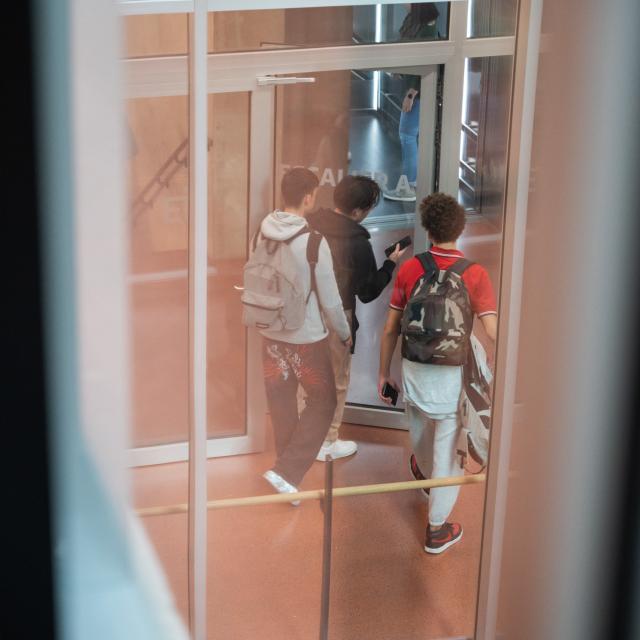The Portuguese and school, a complicated story
By Rodrigo Ribeiro, Lex Kleren Switch to French for original article
Sixty years after the first wave of migration from Portugal, Portuguese-speaking students continue to face obstacles. What are their experiences, the causes of these challenges and possible solutions?
This article is provided to you free of charge. If you want to support our team and promote quality journalism, subscribe now.
Luxembourg has witnessed several waves of immigration that have had a significant impact on its socio-demographic landscape. The first involved the Italian community at the end of the 18th century, followed by the first Portuguese wave in the 1960s, which has remained relatively constant ever since. Migration has not stopped there, and foreign communities continue to settle in the country. The burden carried by these first generations is directly reflected in the experience of their children, who are often faced with integrating into a school system that is different from the one they are used to, and made even more difficult by the country's linguistic complexity.
The chances of success at school for a newcomer are much lower than for a child born in the host country, especially in Luxembourg with its linguistic diversity and varied school levels. The 2022 report by the National Observatory for School Quality (ONQS) on guidelines for reducing the impact of inequalities of social origin in the education system notes that: "It can be said with some consistency that Luxembourg is one of the countries with a highly stratified school population and strong segregation within the school system". In terms of nationality, a report by the Service de Coordination de la Recherche et de l'Innovation pédagogiques et technologiques (SCRIPT), states that Portuguese pupils account for the majority of those falling behind at school, with a total rate of 37.1% for the 2019/2020 school year. A particularly high rate compared to other nationalities.
Continue reading for free
Get access to this article by subscribing to our newsletter that is sent twice a week. You also have to have a Journal account.
Already have an account?
Log in


